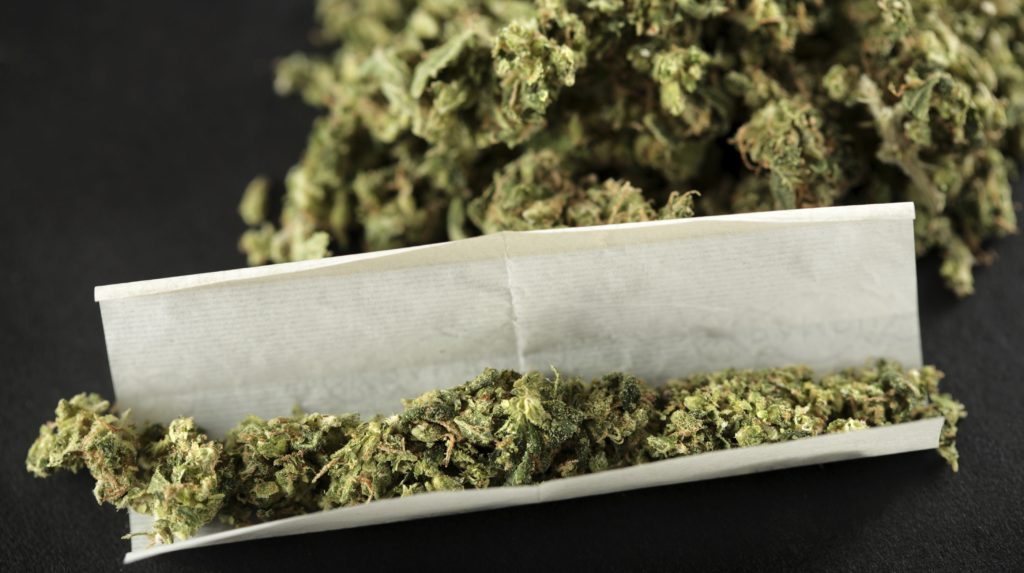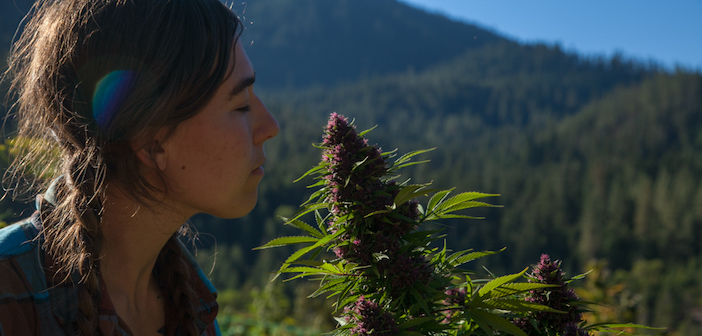The legalization of cannabis in coming months will offer a clear opportunity for provinces to shut down the black market for the drug and put an end to any notion there are still “grey” areas in Canadian law, top Liberal officials said.
In a joint interview, federal Health Minister Ginette Petitpas Taylor and her parliamentary secretary, former Toronto police chief Bill Blair, said the new regime for legal marijuana will vary by province, as different rules are being put in place for distribution and retail.
“There is no one-size-fits-all … I’m really comfortable with leaving it up, for example, to the British Columbia government that knows its communities, that has a direct relationship with municipalities and local officials, to develop a distribution system that works in the context of British Columbia,” Mr. Blair said.
However, Mr. Blair and Ms. Petitpas Taylor said the goal will be to put an end to the current situation, in which medical cannabis growers and illegal dispensaries are selling their products to recreational users. In their view, the recreational regime should be strict, especially in the early going, and only loosen up over time if data and research back up such changes.
“I don’t think we can get into this notion of there being anything that is grey,” said Mr. Blair, a Liberal MP. “It is black-letter law.”
The biggest challenge of the new regime will be to displace existing infrastructure through which cannabis and edible products are illegally sold in physical stores and through the internet in Canada.
The government hopes that once the drug becomes officially legal, consumers will be convinced to buy through government-regulated retailers, with law-enforcement authorities continuing to crack down on other outlets.
Statistics Canada estimates that the country’s cannabis black market was worth as much as $6.2-billion in 2015. A recent study the agency released pegged the underground cannabis industry as moving about 697,500 kilograms of product that year. That dwarfs the 33,482 kilograms of dried flower and cannabis oil delivered last fiscal year by the federally regulated medical mail-order system, according to Health Canada.
Ms. Petitpas Taylor said the illegal market for cannabis will not disappear with the flick of a switch, but that everyone should work together to better protect young Canadians and remove criminal elements from the production chain.
“The system is not going to be perfect in July, 2018,” she said. “With respect to the black market, we certainly want to make a dent in it. Do we think it will happen overnight? Absolutely not.”
The federal viewpoint is largely in line with various provincial governments, such as Ontario and Quebec, which have opted for restrictive state-run retailing regimes.
But British Columbia, long home to the country’s largest network of illicit cannabis producers and more than a hundred illegal pot shops, appears more open to bringing those involved in its sizable cannabis black market into the regulatory fold. At the end of January, B.C. is expected to release the full details of its cannabis legislation, including how it plans to break up the black market.
Vancouver Councillor Kerry Jang, co-chair of B.C.’s provincial-municipal committee in charge of crafting the province’s cannabis rules, said Ottawa has to make buying the substance from a legal operator as easy as possible if it wants the new regime to displace the underground trade.
“Legalization in itself will not end the black market unless there is price point and there is accessibility and – most of all – variety,” said Mr. Jang.
In December, bureaucrats with B.C.’s cannabis committee and Health Canada’s Cannabis Legalization and Regulation Secretariat met in Vancouver with more than 50 growers, cultivators, processors and at least one person involved with the thriving illegal online dispensary sector. The goal was a frank, informed discussion between two parties that had never really interacted, according to organizer Rosy Mondin, executive director at the non-profit Cannabis Trade Alliance of Canada, a national advocacy group representing small- to medium-scale cannabis businesses.
“When [federal and provincial bureaucrats] come to roundtables like this, they really see ‘Holy crap, that could be my uncle or my aunt,'” said Ms. Mondin, who is also CEO of Quadron Cannatech Corporation, which is involved with the extraction of cannabis compounds. “It’s really normal Canadians that are doing this, we’re not talking about people who are running thousands of kilos across the border.”
“They have to open it up enough to allow these people to come in because the reality is: If they don’t, these people will continue to do what they do because they’ve done so under the threat of criminal sanctions before and now we’re looking at [just] regulatory fines,” she said.
Rosalie Wyonch, a policy analyst at the C.D. Howe Institute, said one of the challenges of the new regime will be to convince frequent users to move into the legal market. As it stands, frequent users can get bulk prices on the black market and it remains unclear whether legal retailers will be able to compete on that front.
“Chances are, the consumers who are the most price-sensitive, and who aren’t willing to pay a premium to access the legal market, are the daily users,” she said. “Chances are they will stay where they are.”
The legislation to legalize cannabis for all adult users across the country still needs to be approved by the Senate, where the Conservatives are promising to go over Bill C-45 with a fine-tooth comb. Ottawa’s target is to legalize cannabis by July.
“I’m very confident that we will be able to meet that date,” said Ms. Petitpas Taylor. “Most provinces have indicated they feel they will be ready before that date, and that is certainly our aim.”
She said that between now and the passage of the new law, various levels of government have to continue to inform kids, parents, teachers and other stakeholders about the consequences of legalization and cannabis use.
For now, Ottawa faces the delicate task of building up a multibillion-dollar industry, while putting public-health goals ahead of generating revenue.
“How do we do this in a way that doesn’t promote the use of this drug but doesn’t criminalize Canadians for that choice either?” Mr. Blair asked. “Yes, it’s complicated and it may be imperfect and we may find some things need to be adapted and changed, and we’re willing to do that.”
While there is pressure from some members of the existing cannabis industry to loosen up the rules surrounding the growth and sale of the product, the federal government is sticking by its promise to keep a tight lid on the market, especially in the initial months.
“If, through experience, you learn there are things you could do in a different way or perhaps with less strict regulation, then you allow your experience to inform that. As far as predicting when that might change, we are beginning, quite appropriately, in a very cautious, careful and safe way. Our experience will inform if and when we might change our regulatory approach,” Mr. Blair said.







